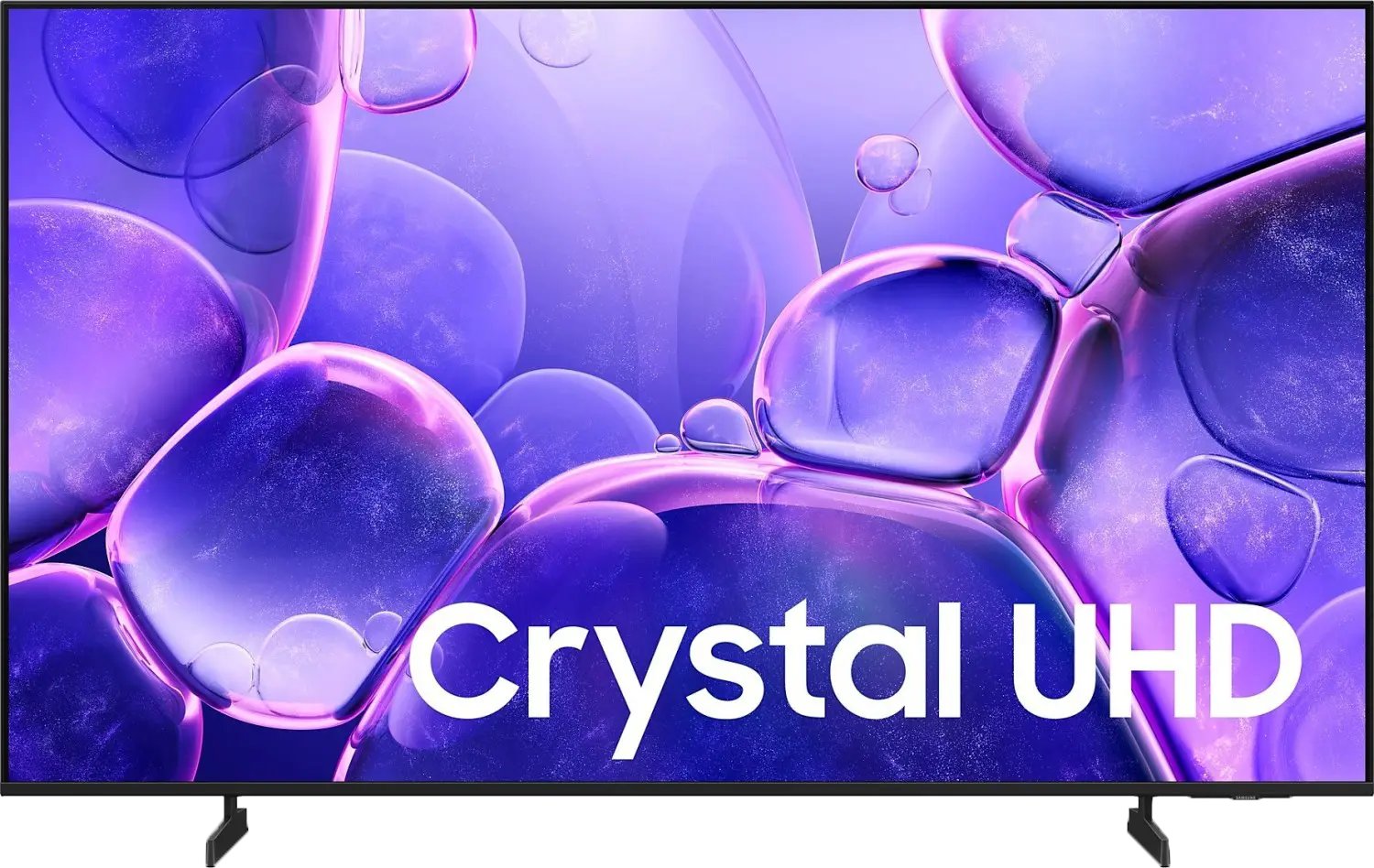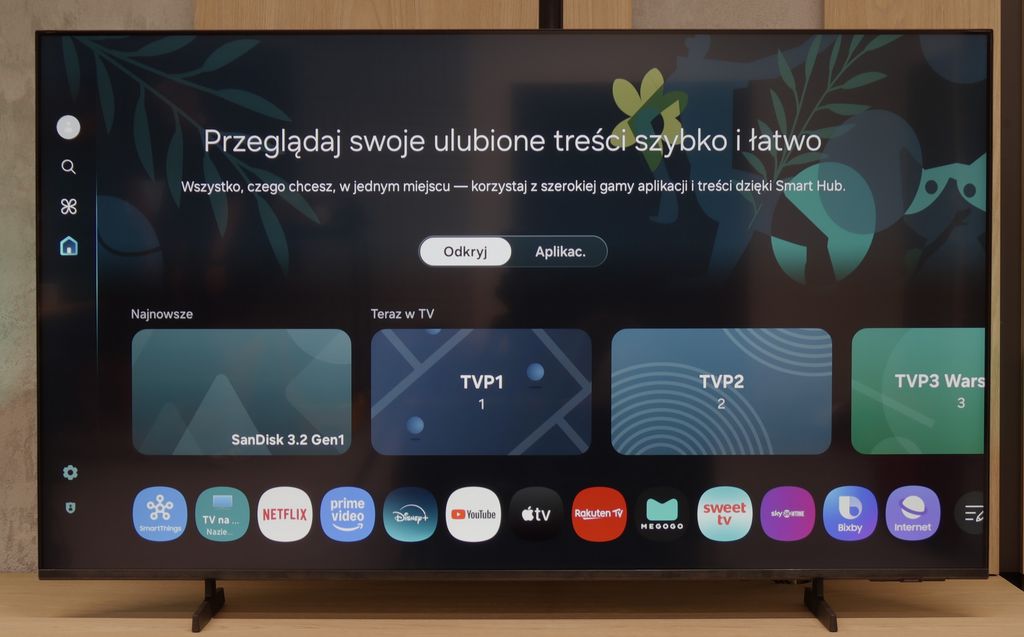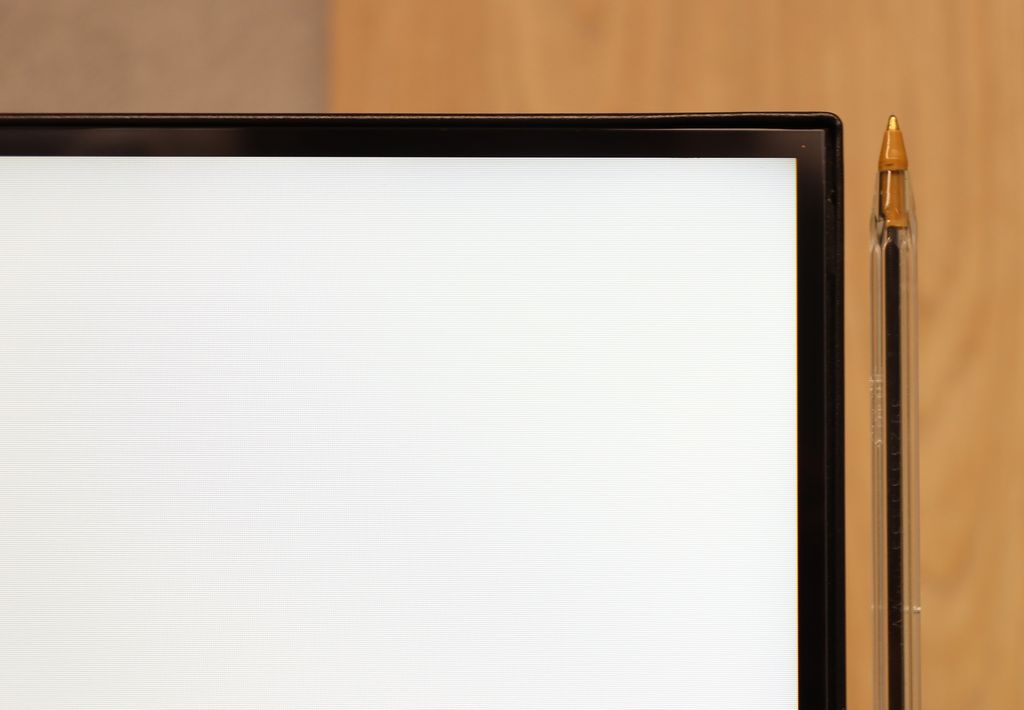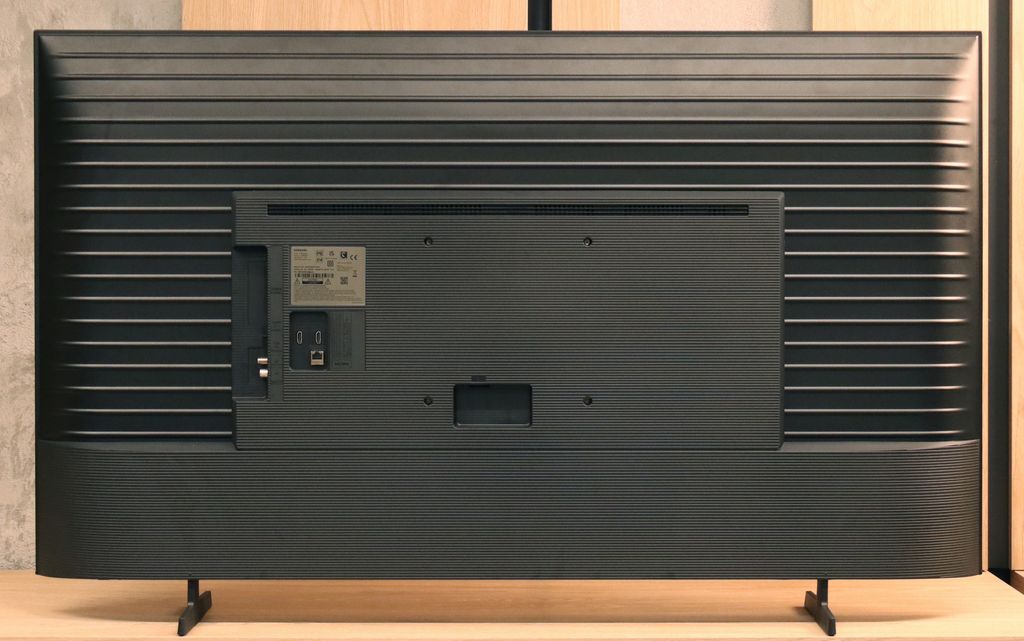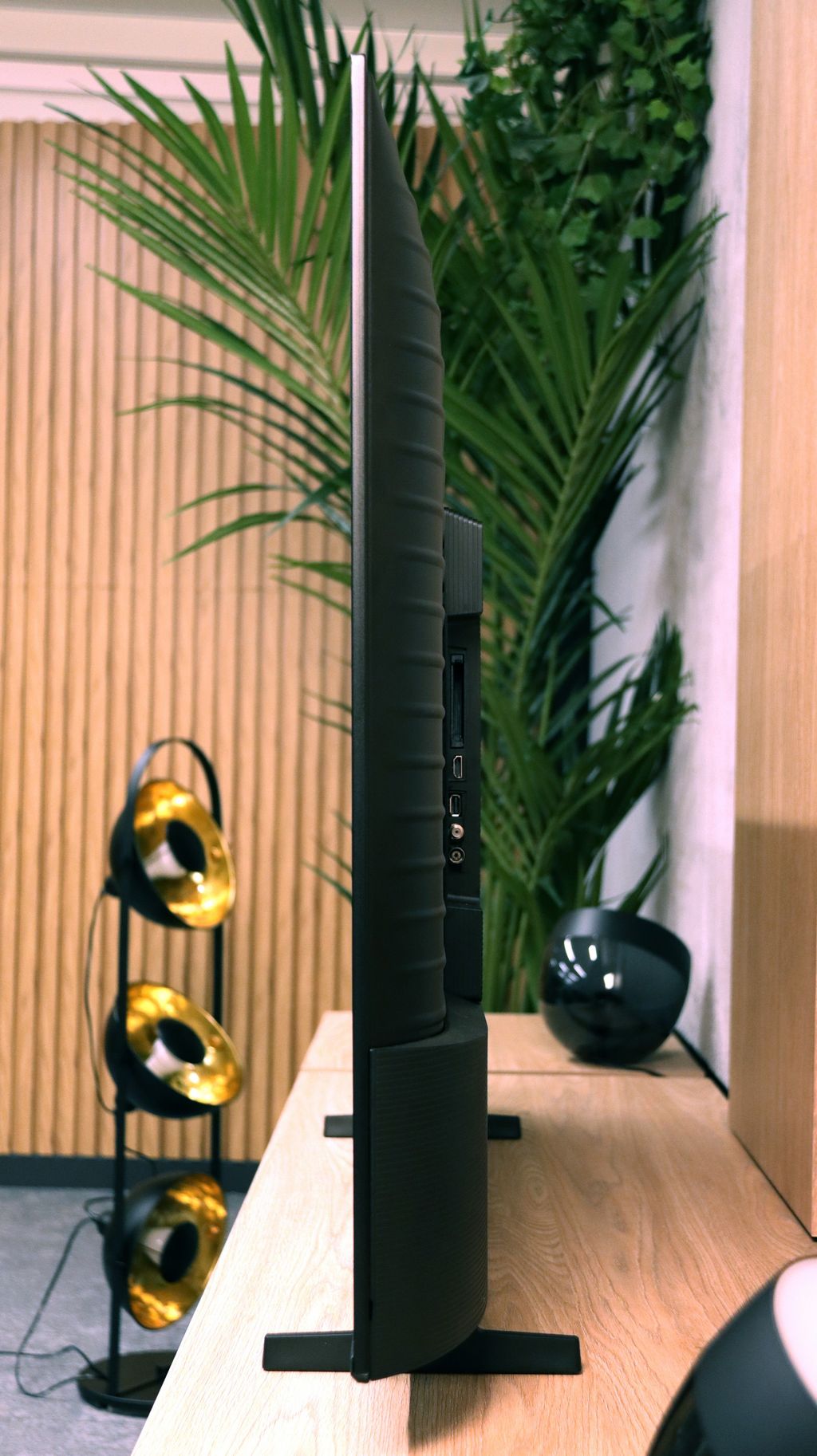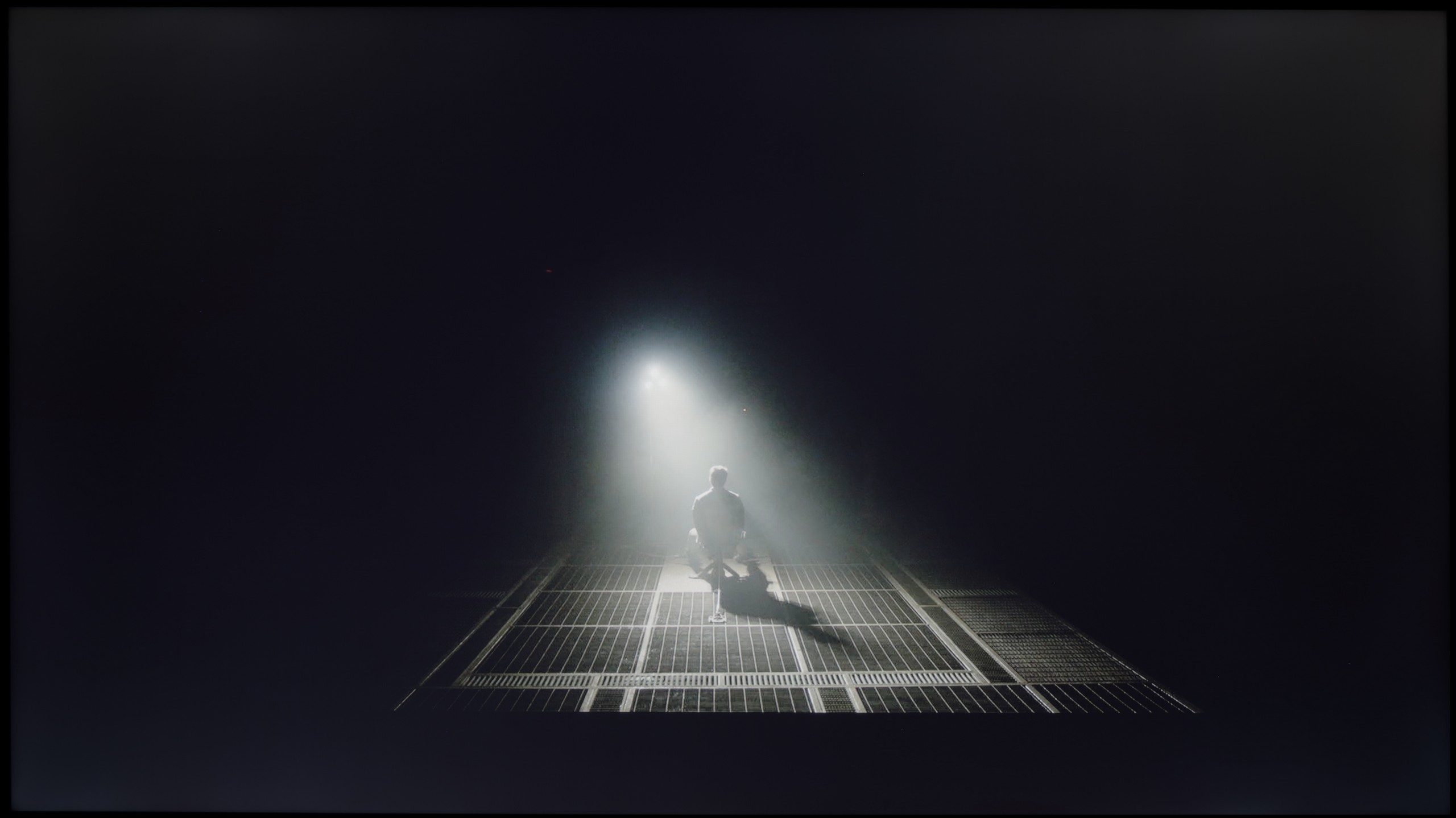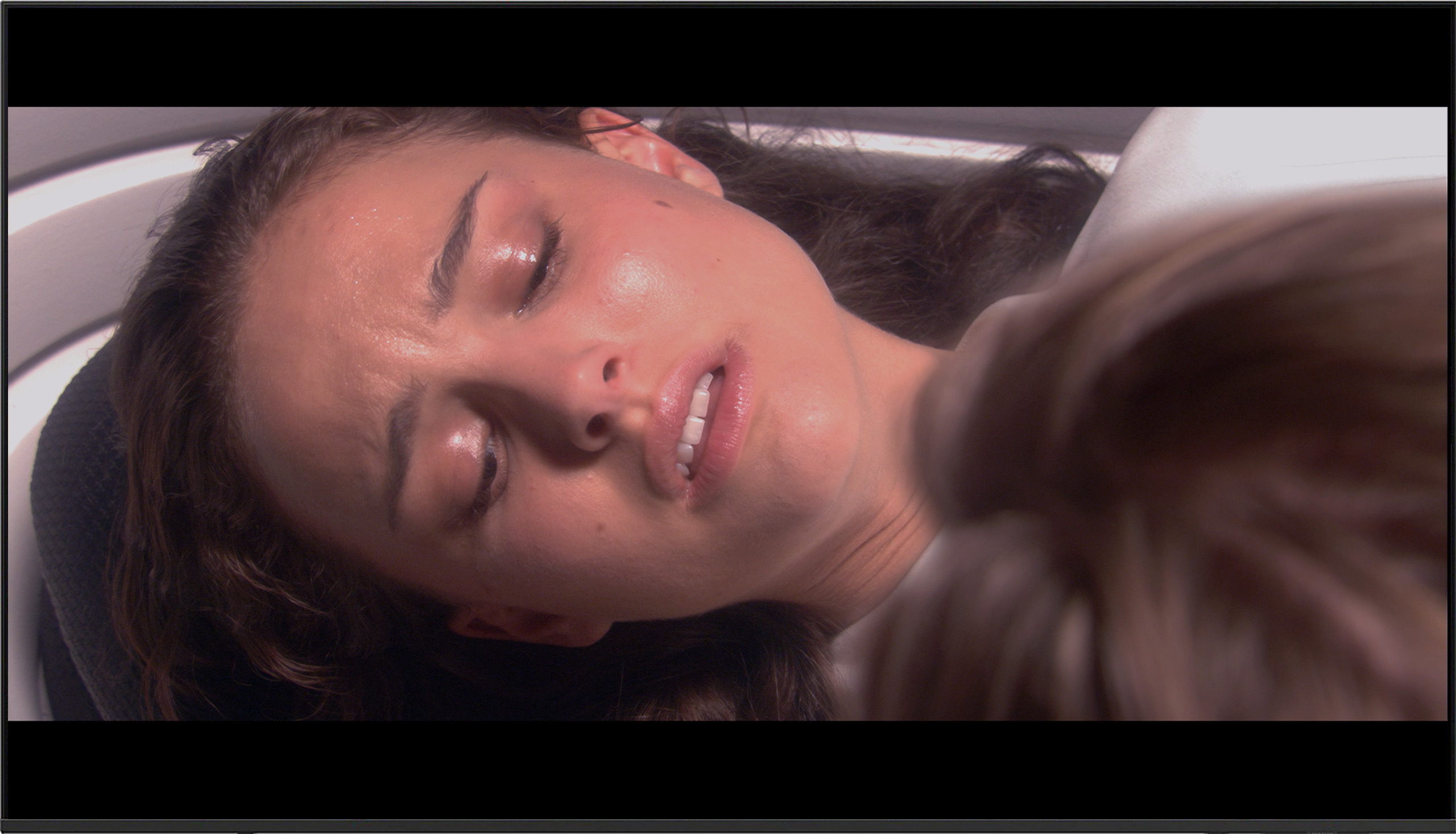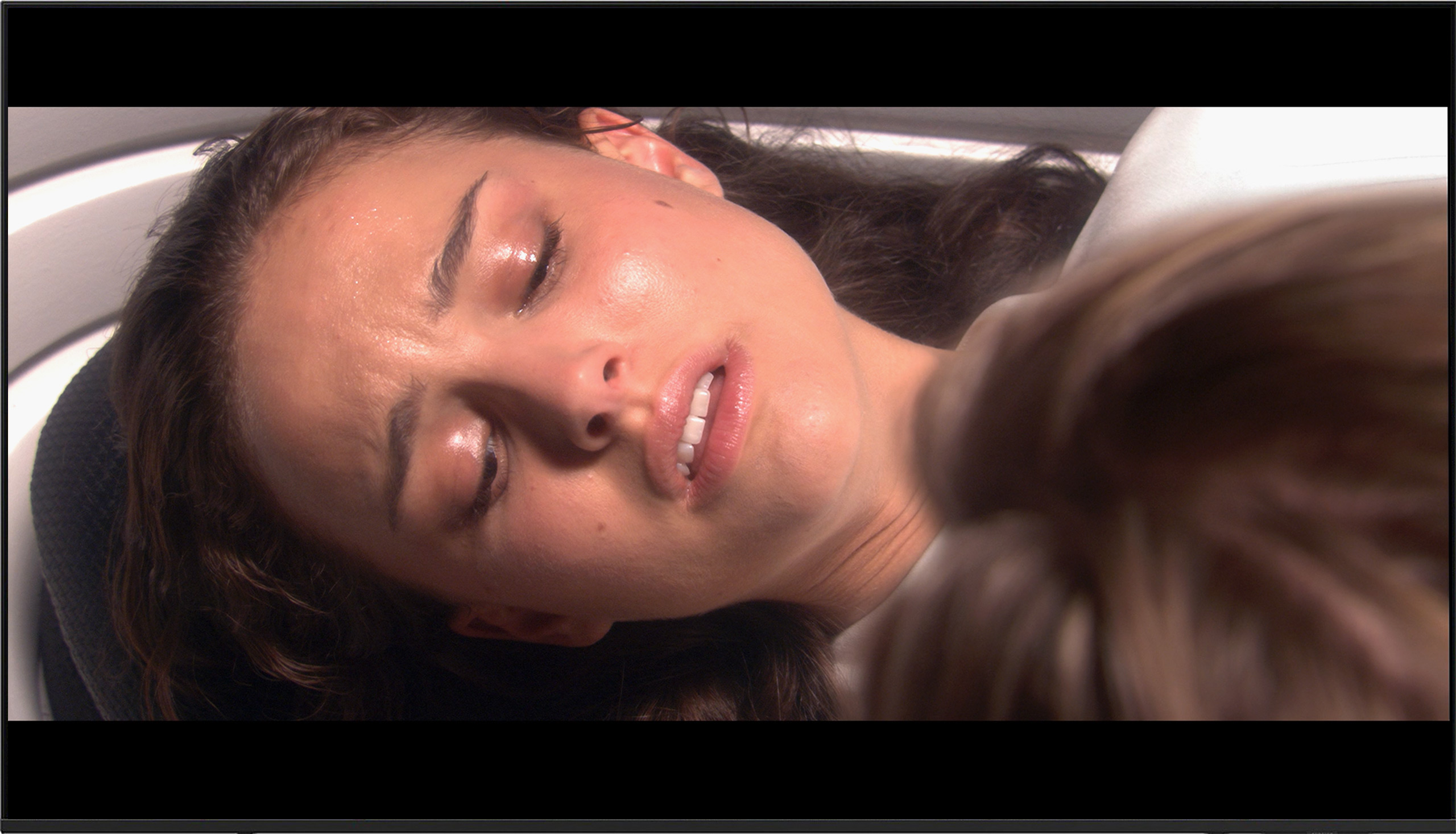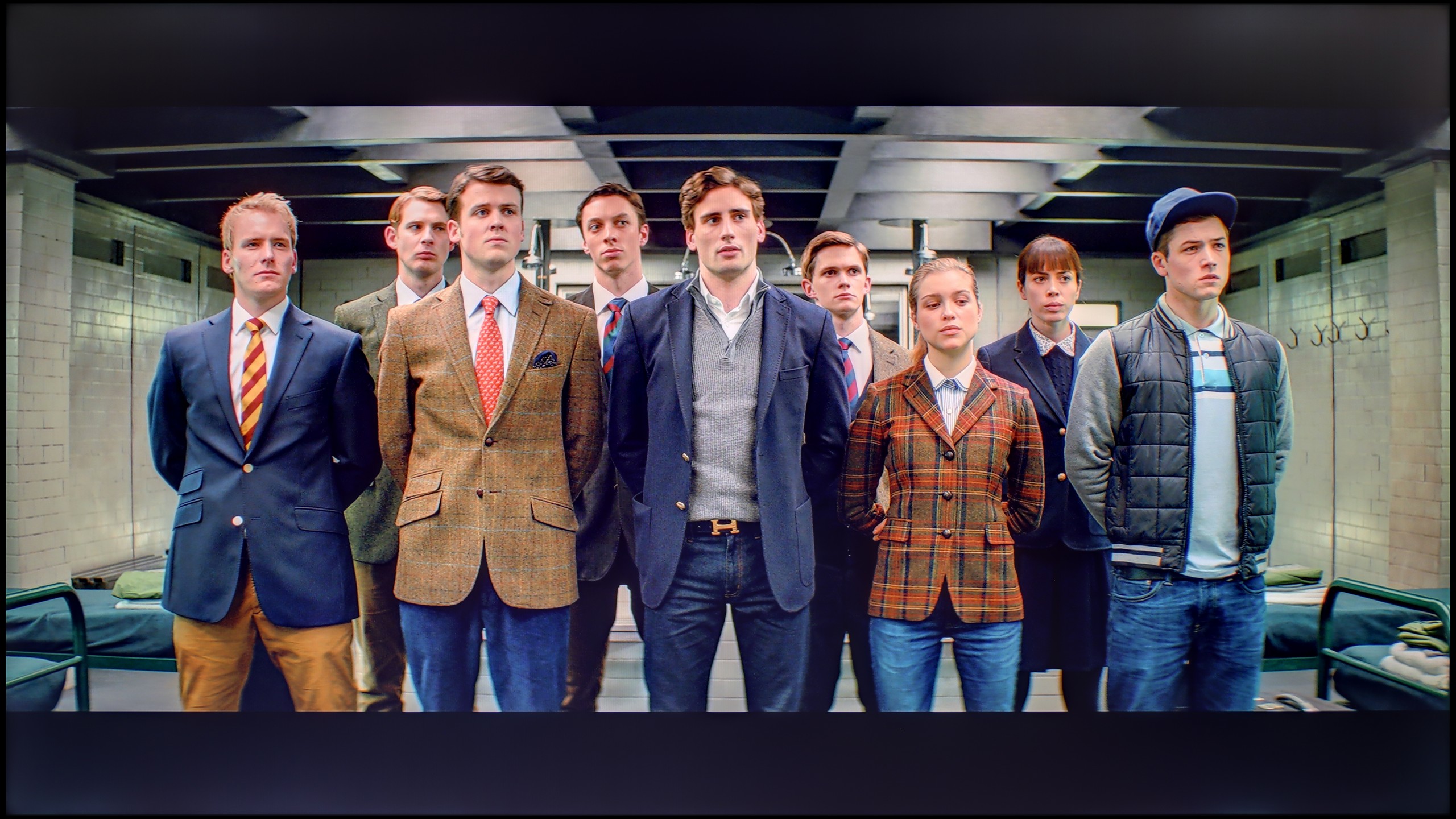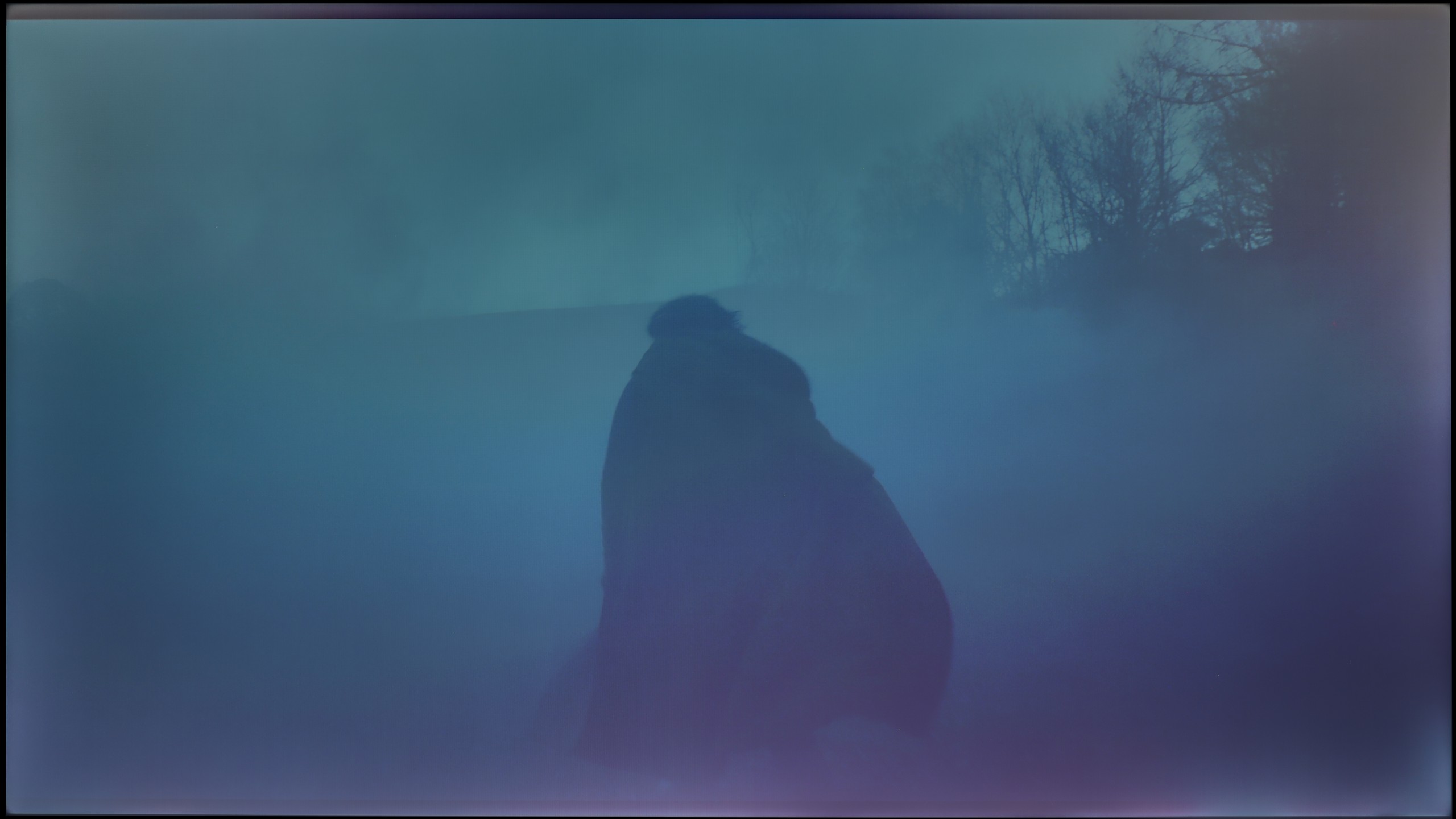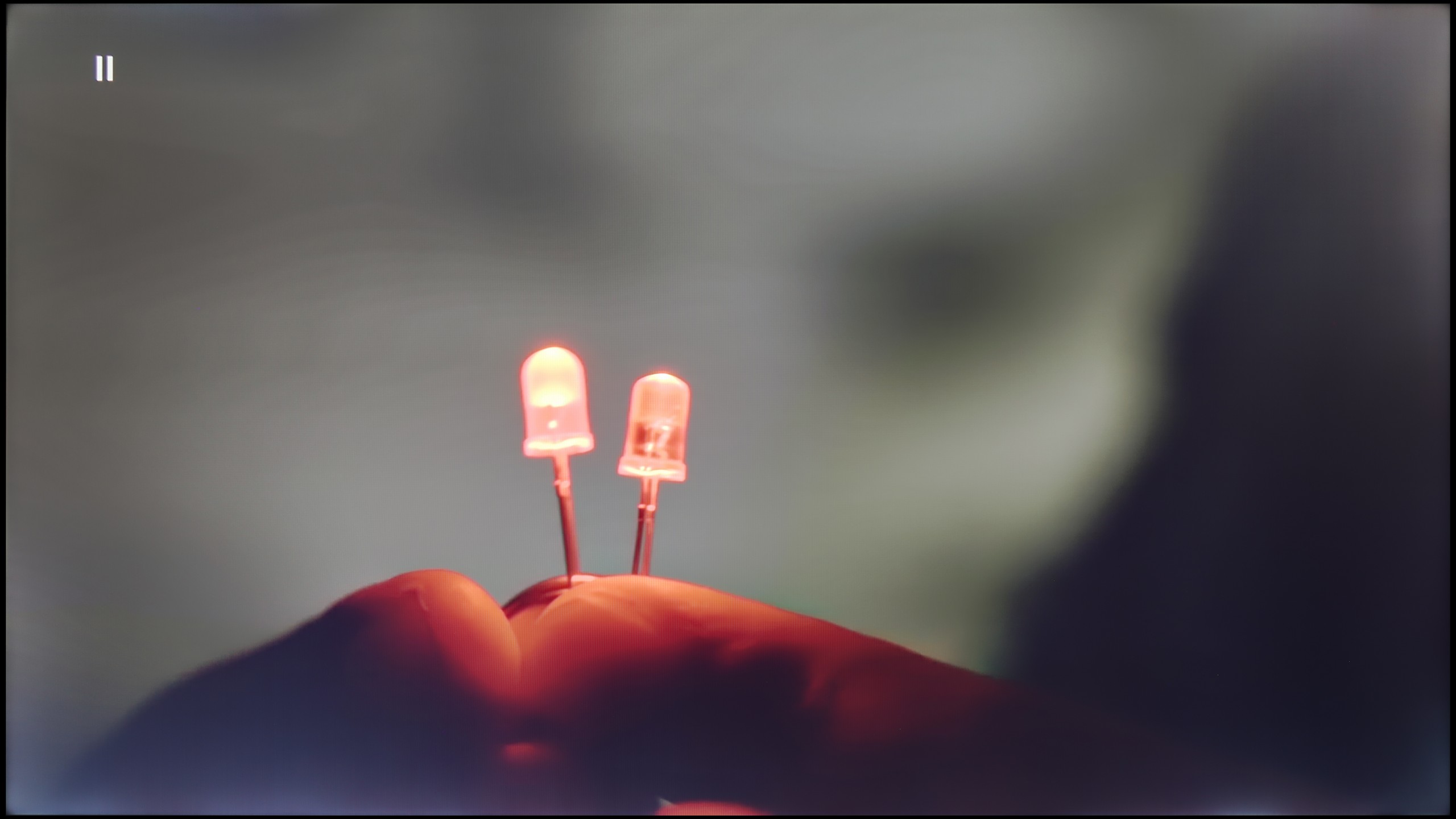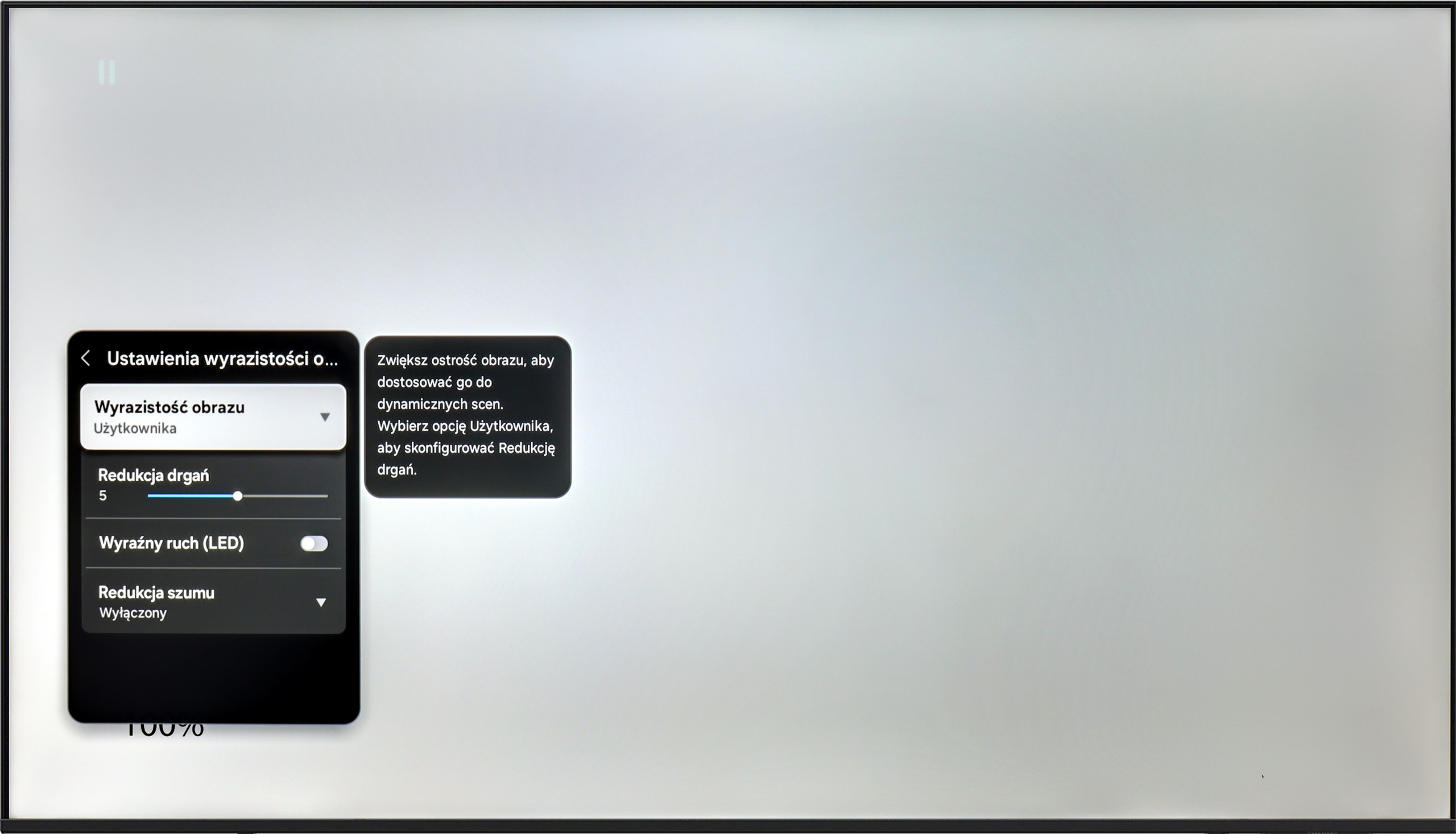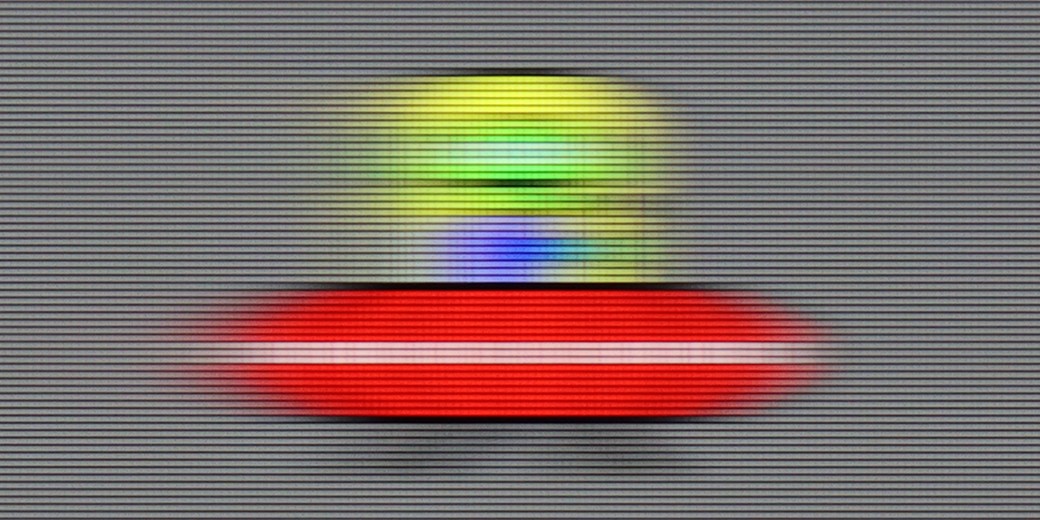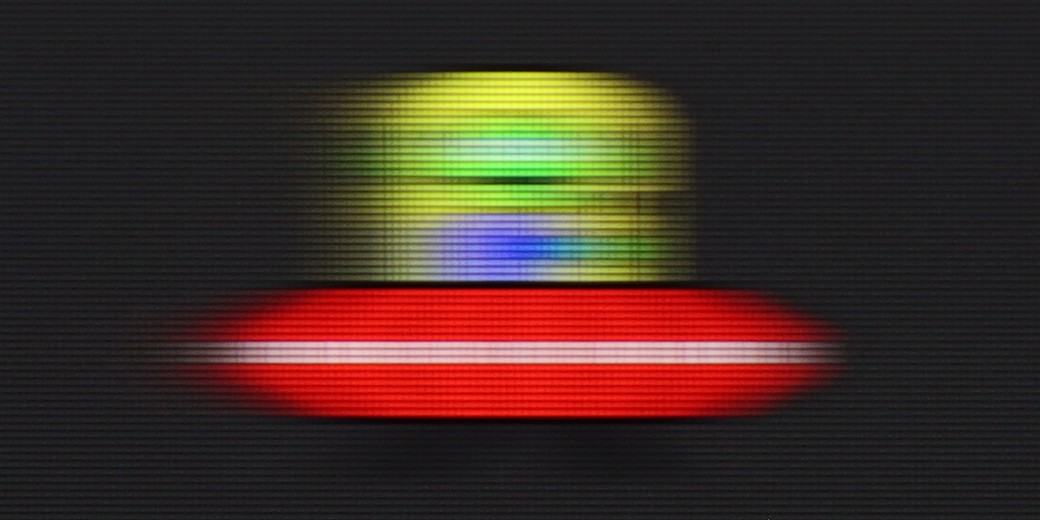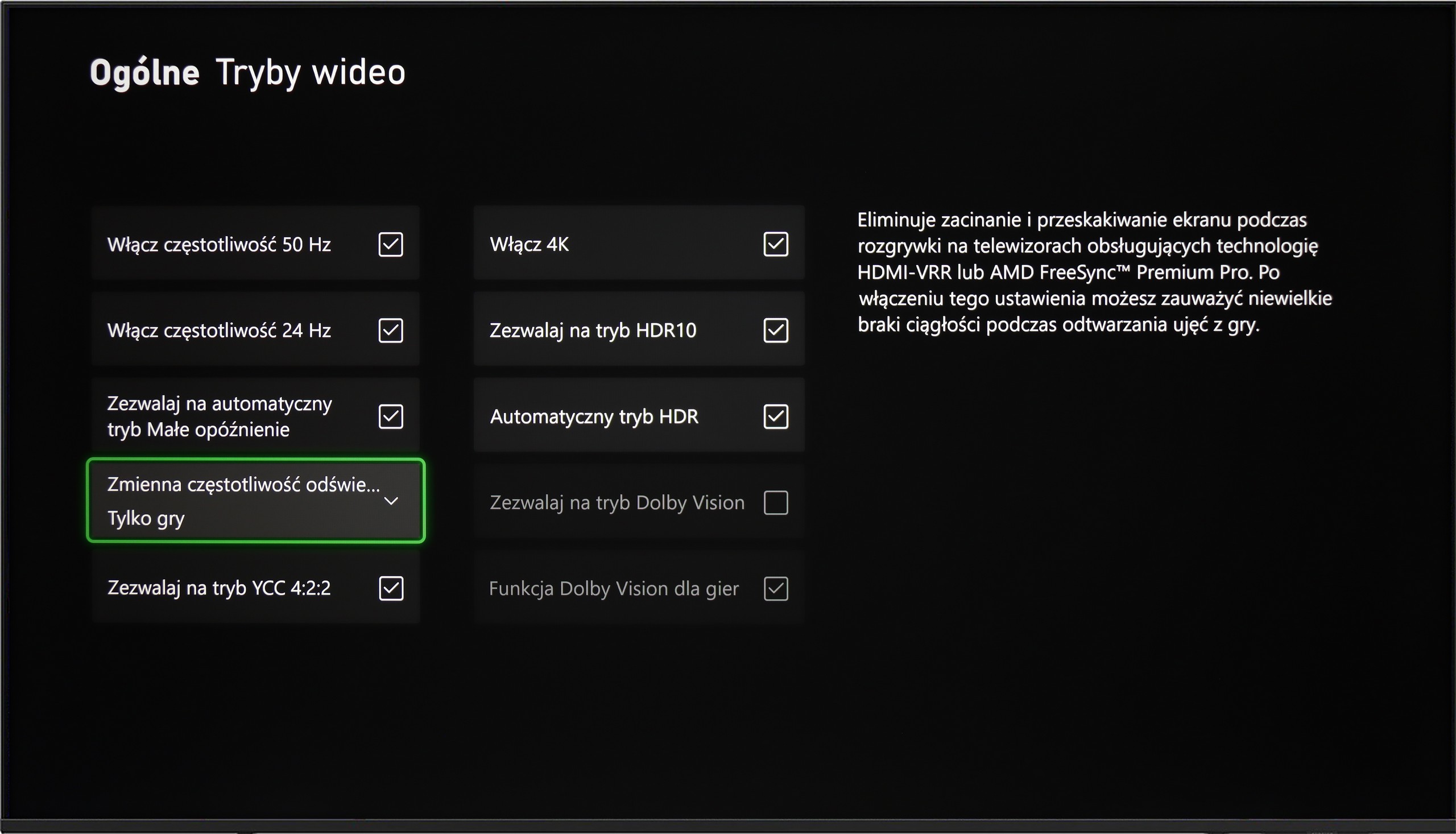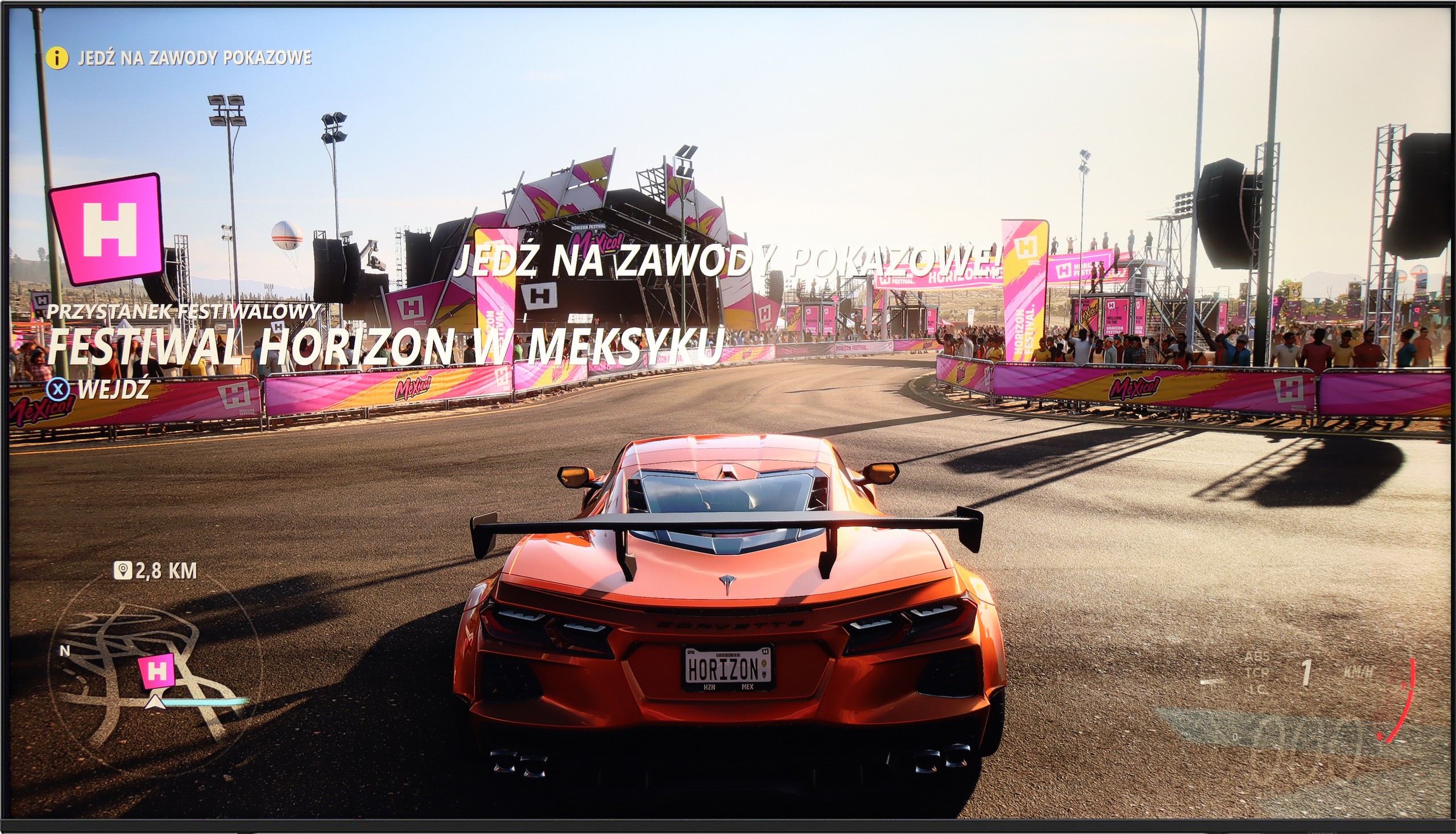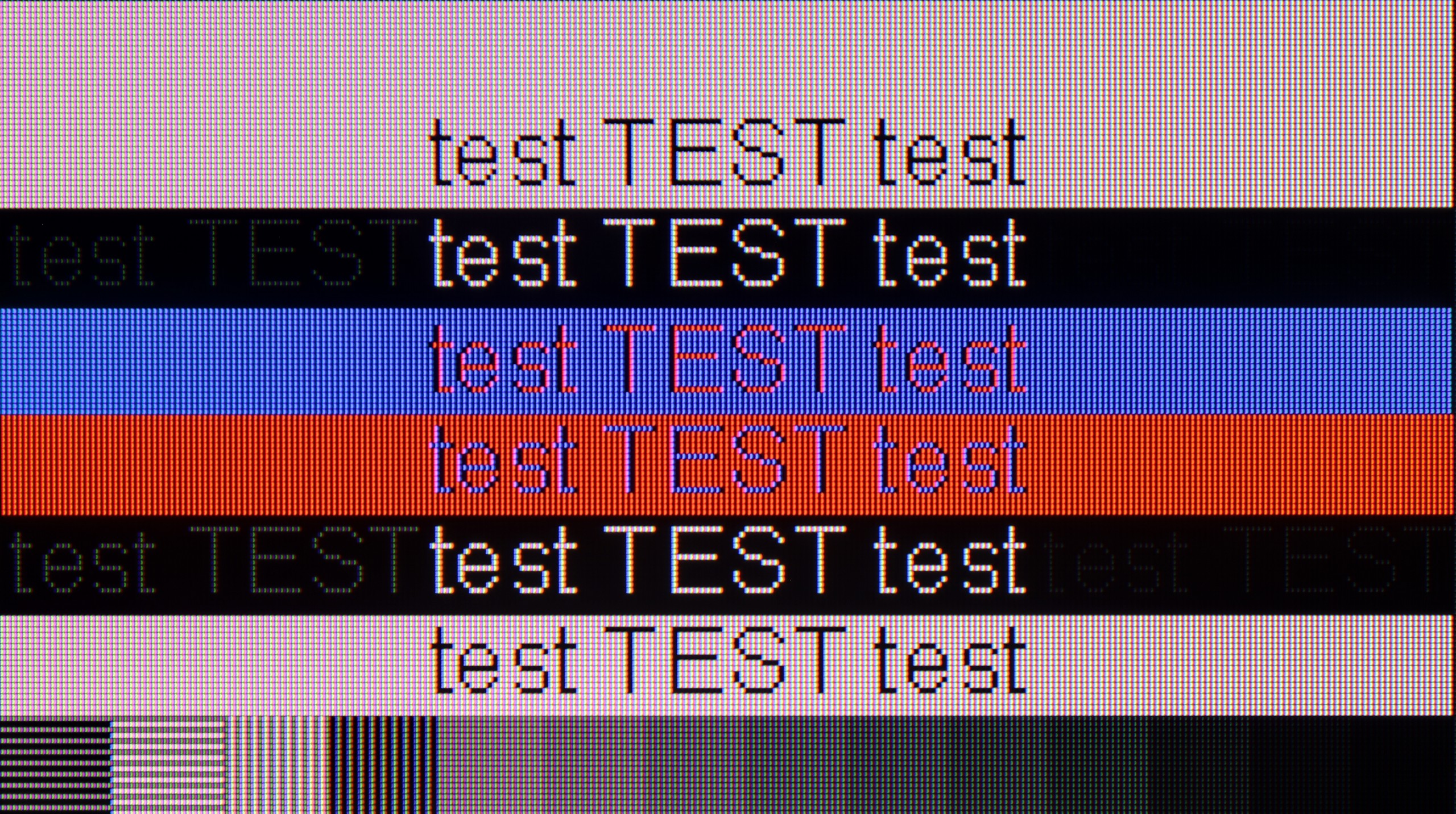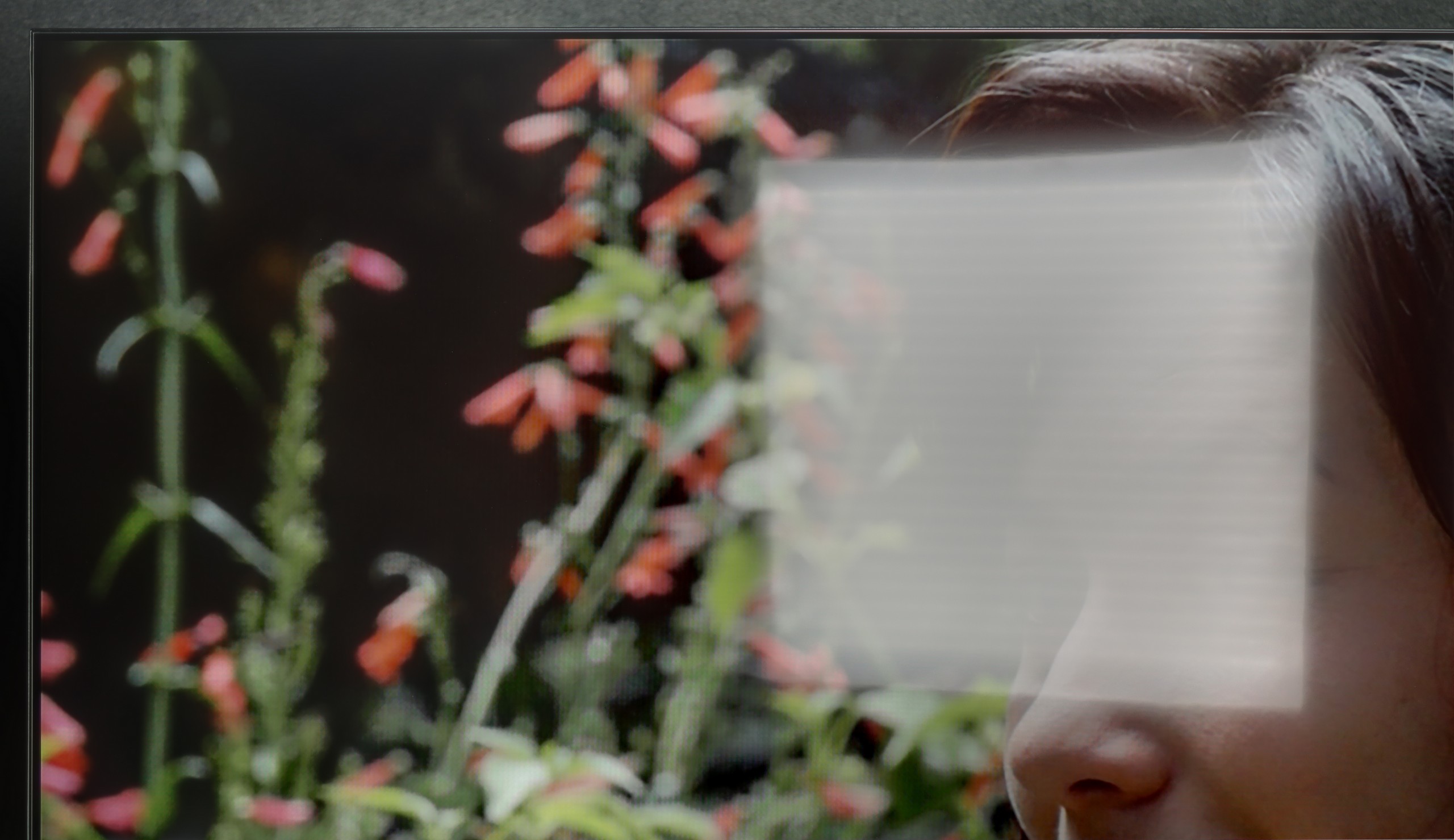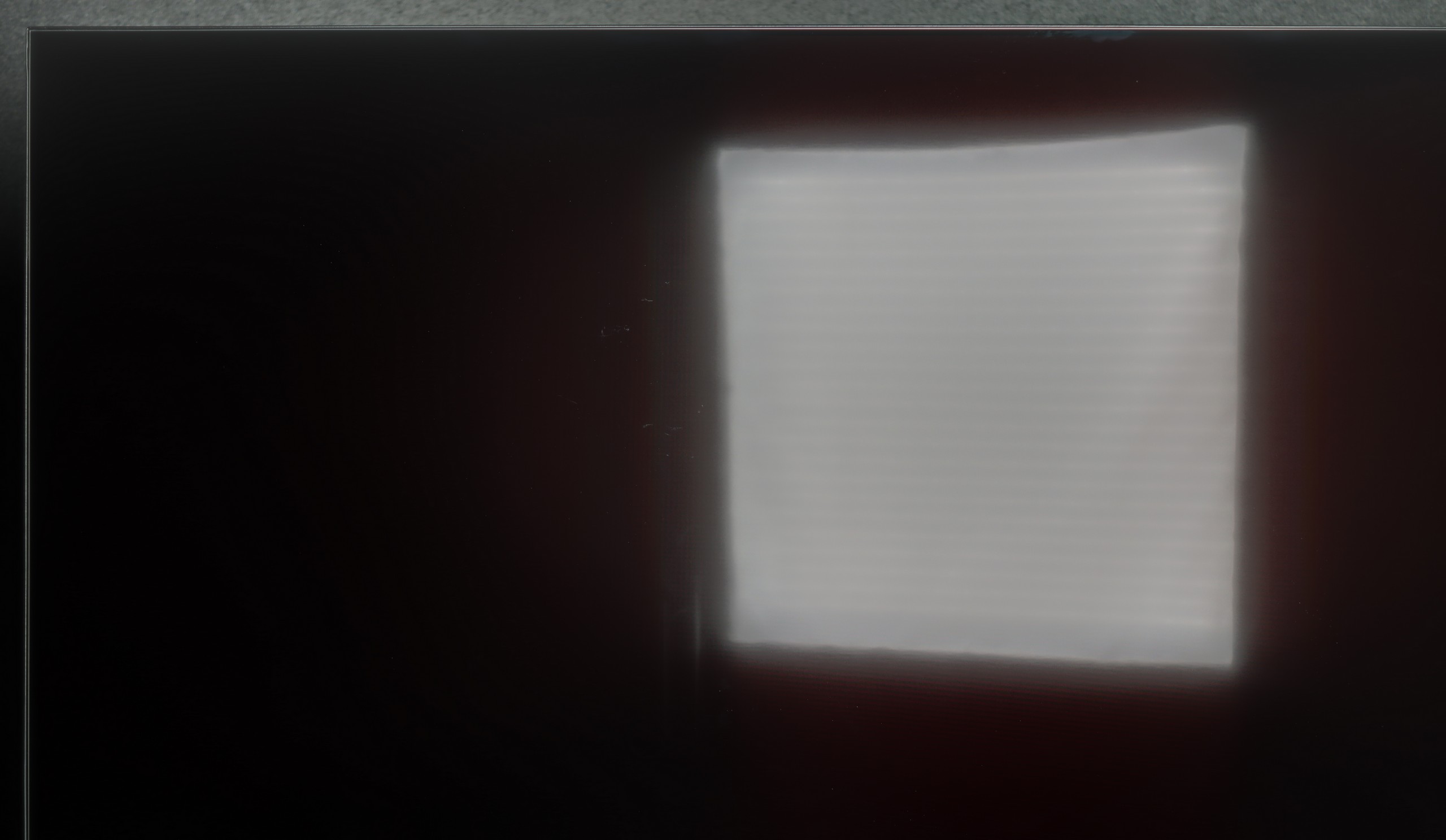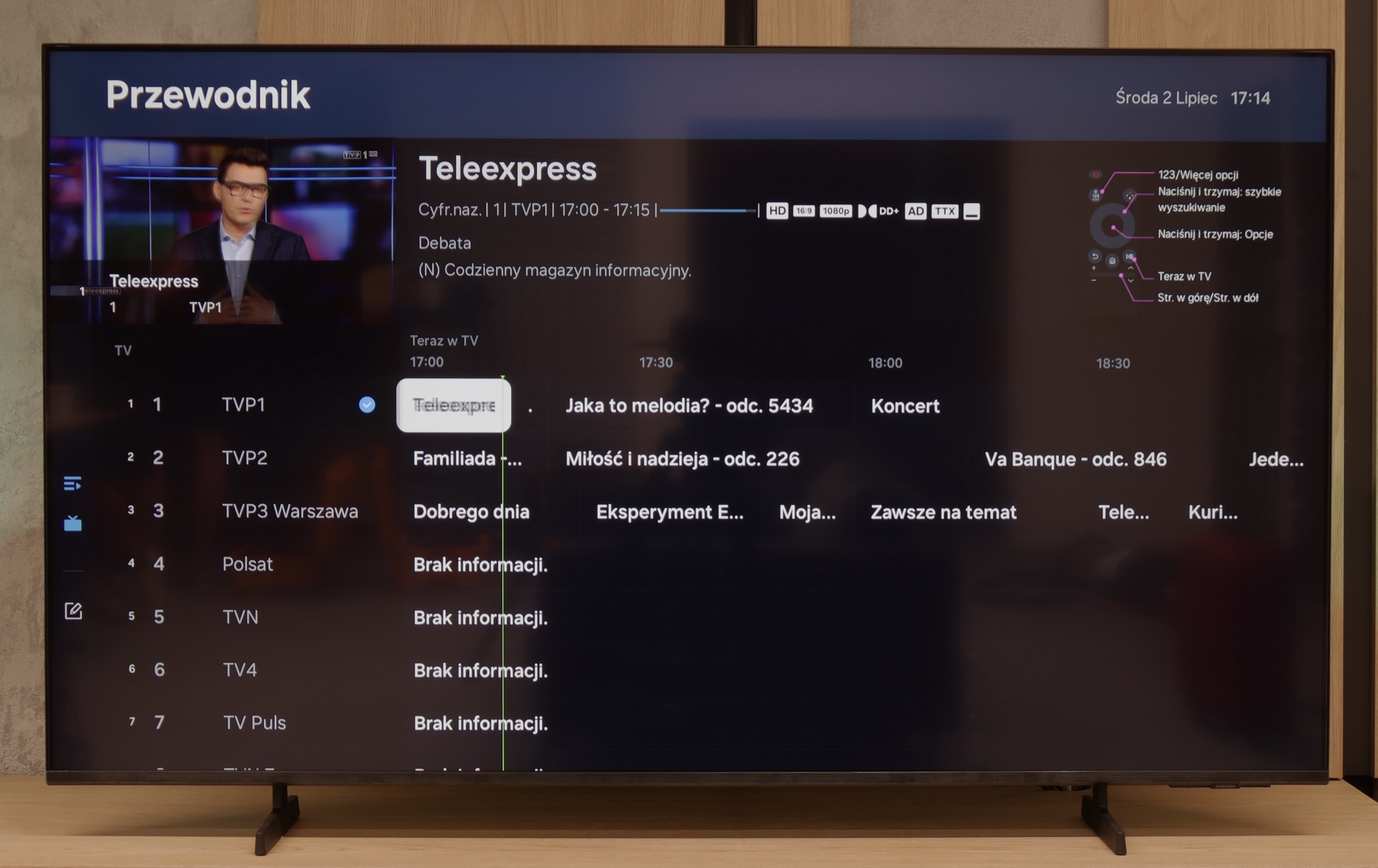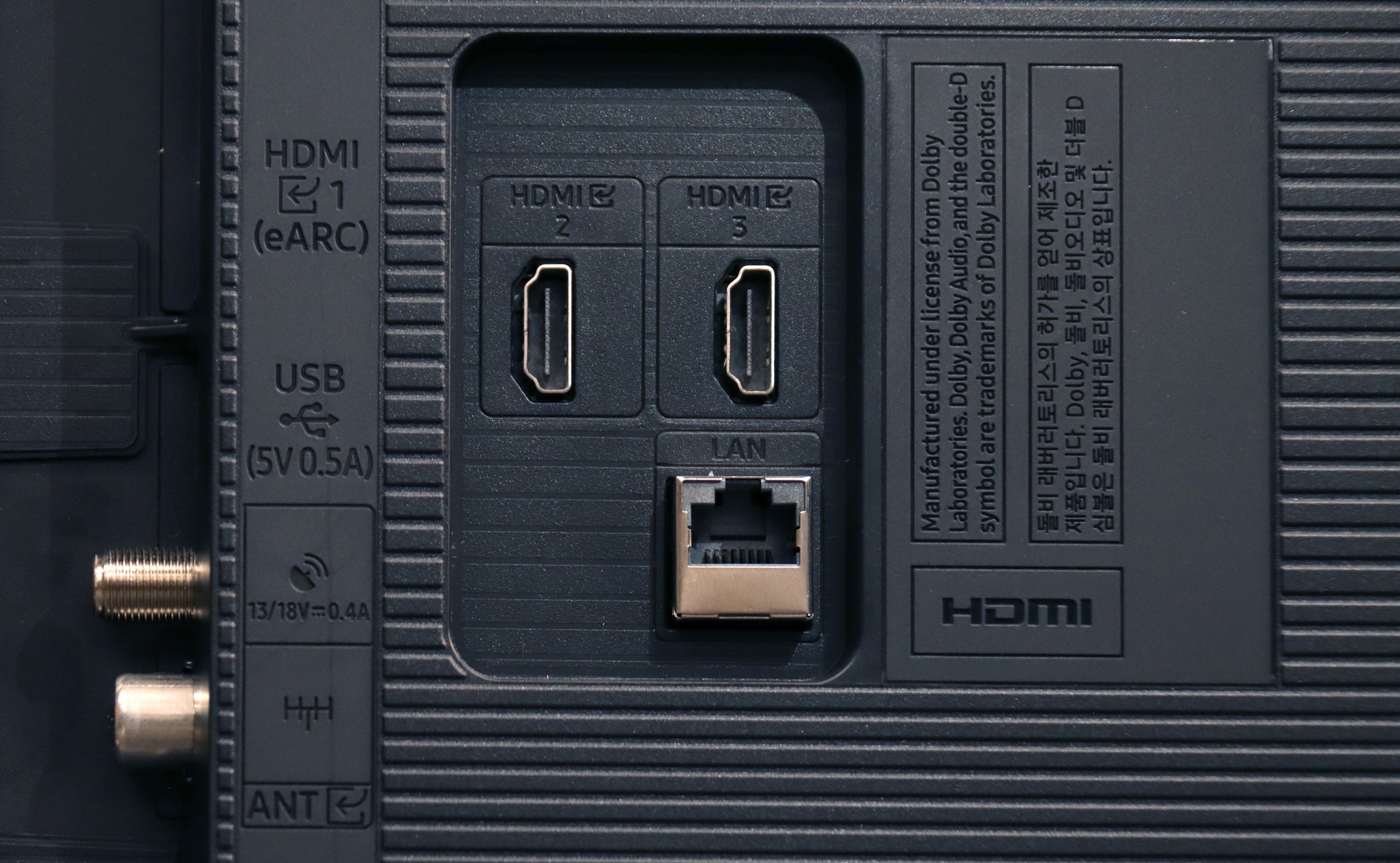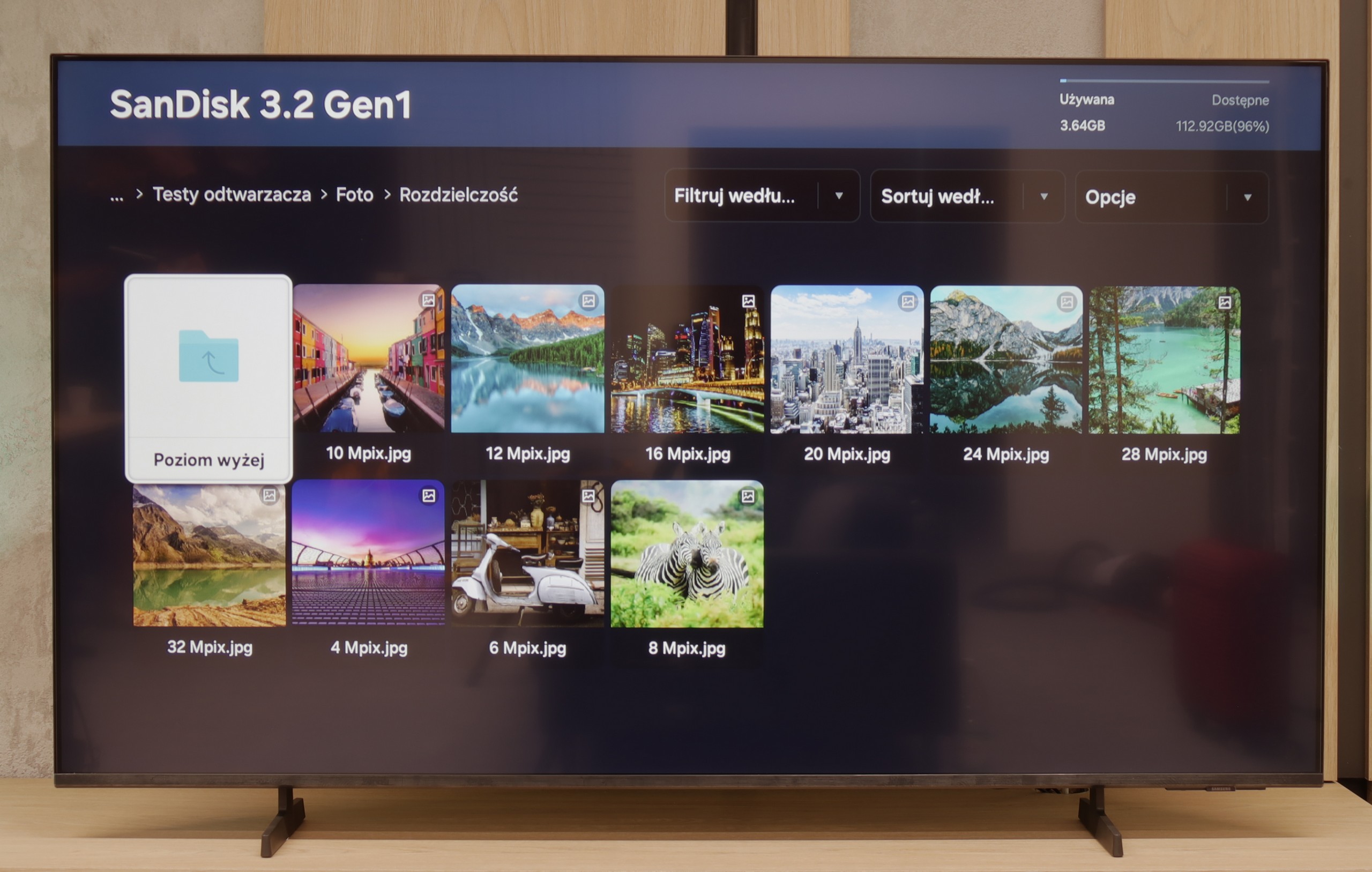Sharp GP7 is a television that definitely has its strengths, but it isn’t without a few flaws. Is it perfect? No, but for its price, it does a really decent job and will serve as quite a nice choice in many homes. The biggest plus? The Google TV system. Here Sharp GP7 showcases its class – we have a vast selection of apps, probably the largest on the market. It doesn’t matter whether we want to watch Netflix, YouTube, or something less known – we can find everything in one place. Additionally, the interface is simple and intuitive, and if we don’t feel like clicking, we only need to speak to the remote about what we are searching for, as it supports voice commands in Polish. Google TV is definitely something that raises the value of this television because we do not feel like anything is missing. It simply works. When it comes to picture quality, it’s quite good as well. A brightness level of 500 nits combined with Dolby Vision holds up – movies look really solid for this price range. The colours thanks to the PFS (QLED) coating are vivid, the contrast from the VA panel gives depth to dark scenes, and the whole presentation simply "plays". This isn’t premium level, but for this price, you can’t really complain. It’s a good picture that will comfortably satisfy most users. Of course, there are weaker points. The television struggles somewhat with dynamic scenes – sports or video games won’t look perfect here. The 60 Hz panel and response time cannot provide the highest fluidity. Additionally, the manufacturer mentions HDMI 2.1, but the only thing we find here is the ALLM feature. VRR, G-Sync, or other features that could attract gamers are missing.
In summary – Sharp GP7 is a solid television for everyday watching of films and series. It’s not for gamers or fans of sports broadcasts, but for universal use – definitely. If we value access to a rich ecosystem of applications and good picture quality at a reasonable price, this model might just be for us.

